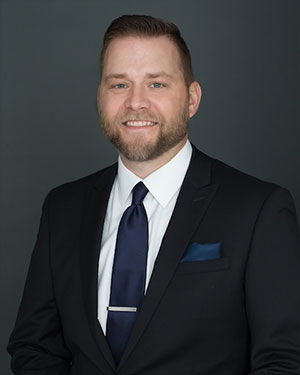
If you have ever viewed foot x-ray films with a patient one of the most common questions patients or their parents will ask is: what are those two little bones under my big toe joint? Those two little bones - the sesamoid bones - may appear very insignificant, but can become very painful, especially in pediatric patients.
Children are more active than ever in sports, and the repetitive stress on the developing sesamoids can lead to debilitating pain. Sesamoids can experience over 3 times a person’s body weight during activity. Sports that require athletes to wear cleats are the most common sports to cause pain with these bones due to repeated stress along with the thin, poorly padded insoles/cleats.
Podiatric evaluation always begins with x-rays. The following physical exam helps narrow the diagnosis to one of the four following conditions.
- Sesamoiditis: The most common condition is sesamoiditis, or simple inflammation of the bone itself. Clinical examination will find pain on direct pressure and pain with elevation of the great toe. X-rays will be taken to confirm the diagnosis. Treatment includes rest, ice, decreased activity, anti-inflammatories, special padding or inserts that reduce pressure to the painful area, and sometimes physical therapy. This condition is very common in high arched individuals. In severe cases, immobilization may be required, either in a post-operative shoe or cast in individuals who are not responding to more conservative therapy.
- Stress Fractures: The second most common condition are stress fractures. This is a repetitive stress injury and treatment is the same as sesamoiditis with addition of flat soled shoe and abstaining from physical activity.
- Fractures: Fractures are the most commonly misdiagnosed condition because of the propensity of the sesamoid bones to be in two pieces (bipartite) or three pieces (tripartite) from birth. An easy way to determine if a fracture has occurred in comparing with films of the healthy opposite. Fractures tend to have a different appearance than normal sesamoids.
- Treatment requires immobilization in a boot or cast to allow for bone to heal appropriately. Basic RICE therapy is implemented (rest, Ice, compression elevation) and physical therapy is used around 6-8 weeks after injury. Healing can take several months, or never at all due to poor blood flow to this bone. If the bone does not heal it may need to be surgically removed, so rest is tantamount to healing.
- Avascular Necrosis (AVN): Either due to chronic repetitive stress or a previous fracture, blood flow can be lost to sesamoid bone. MRI is utilized confirm this diagnosis. This condition typically requires surgery, with either drilling of bone to increase blood flow with the addition of injectable blood platelets, amniotic fluid derived stem cells, or possible removal. Removal of the sesamoid bones is avoided when possible due to the risk of instability within the joint that can occur.
Sesamoid pain in youth should be treated aggressively and early by a podiatrist in order to prevent progression to chronic pain or the need for surgical intervention. Treatment can take anywhere from several weeks to several months, especially if a fracture or AVN has occurred.
If pain is noted early, treatment with conservative measures is of utmost importance followed by special padding or orthotics to reduce the risk of recurrence and keep those kids out on the field.
Facts:
- Sesamoids begin to ossify at around 8 years of age and completely ossify by age 10.
- The tibial and fibular sesamoid can experience 5 times body weight when running.
- About 25% of patients will have a sesamoid that are in 2, 3 or more pieces. This is commonly misdiagnosed as fracture. An x-ray of the opposite foot can help rule out a fracture.

